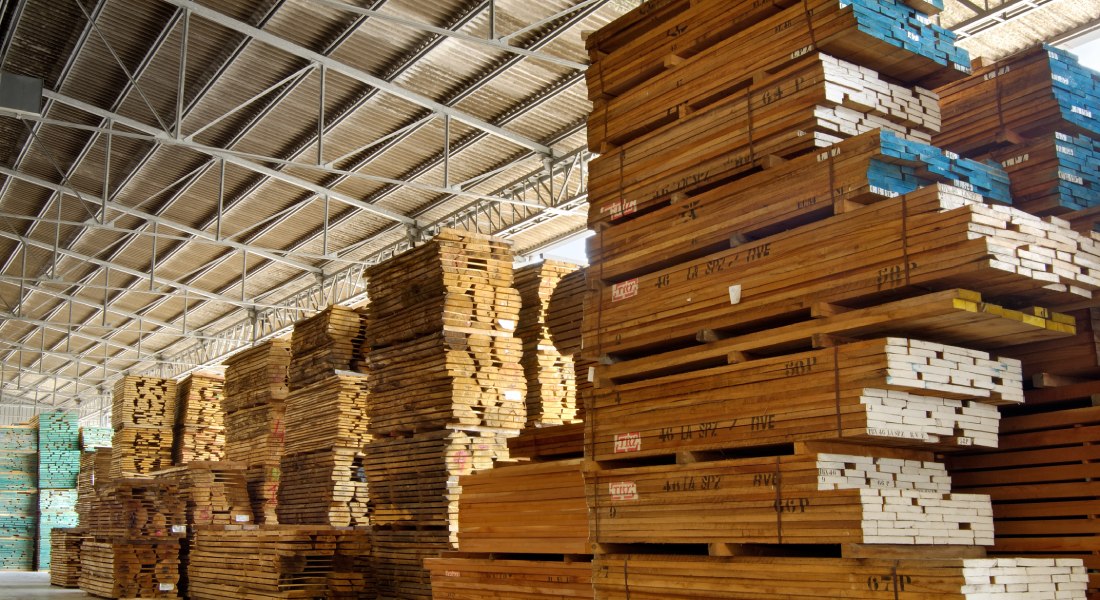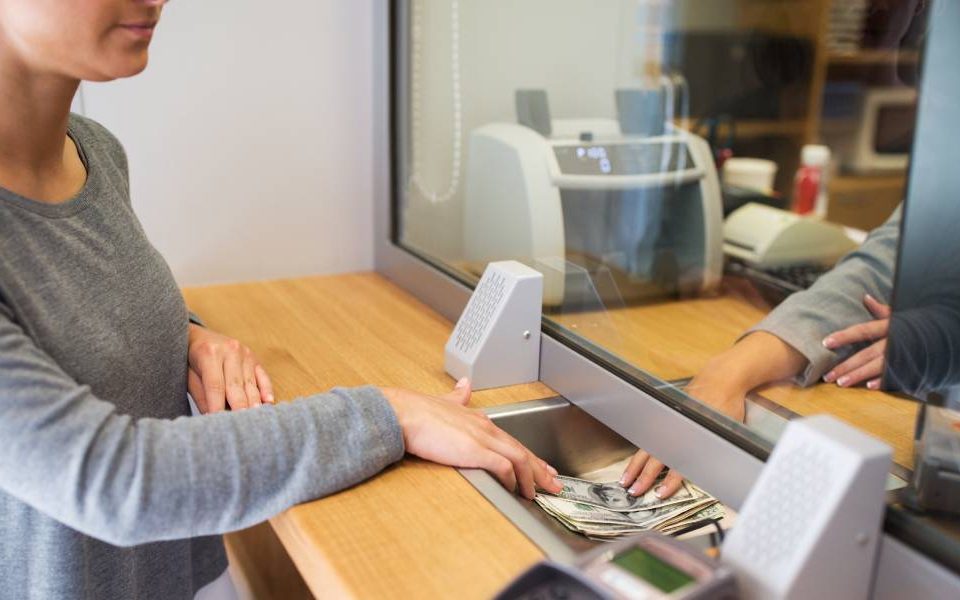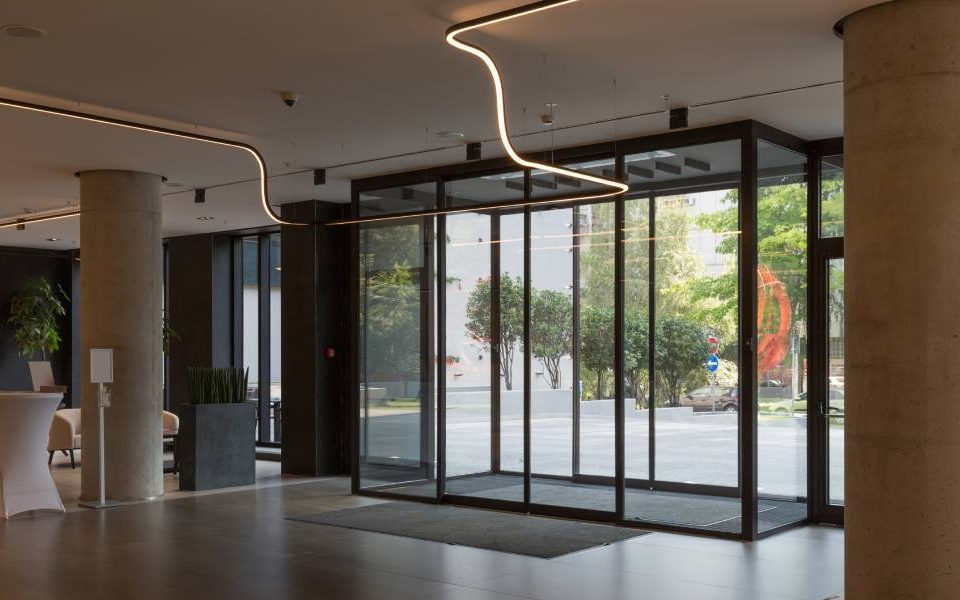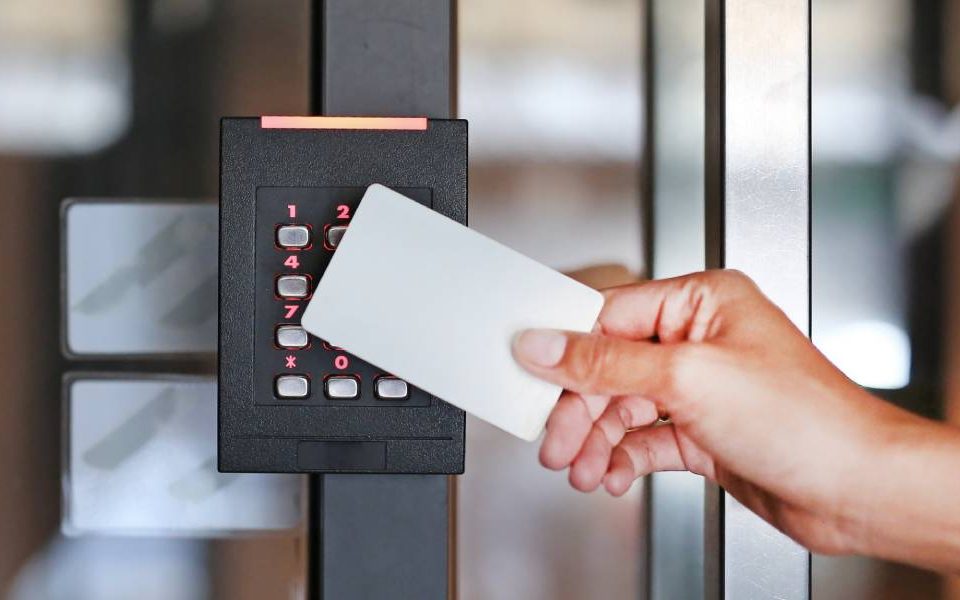Warehouse Equipment You Should Get Secondhand
Small businesses often face tight budgets, making the allure of cost-saving opportunities highly irresistible. One such opportunity is purchasing secondhand warehouse equipment. Yes—used warehouse equipment can save money and still maintain a level of effectiveness and productivity.
Not only does this approach help control tight expenses, but it also supports sustainability efforts. By opting for pre-owned items, businesses can maintain high efficiency without breaking the bank. Continue reading as we discuss which warehouse equipment you can get secondhand and why these simple investments can change the course of your operations.
Pallet Racking Systems
Pallet racking systems are the backbone of any warehouse, crucial for maximizing space and ensuring efficient operations. Investing in a secondhand system provides substantial savings, enabling small businesses to allocate funds elsewhere.
Never compromise quality when choosing a secondhand racking system. When selecting secondhand racking, make sure it’s structurally sound by inspecting it for damages or modifications. Remember, a well-organized warehouse starts with a reliable racking system, and a secondhand system can work just as well as a new one.
Forklifts and Material Handling Equipment
Forklifts and material handling equipment are integral to warehouse operations, facilitating the movement of goods with ease. Buying these machines secondhand can lead to significant cost reductions and allow businesses to invest in other areas.
Many used forklifts are still in excellent condition and can perform reliably for years. You must inspect the engine, hydraulics, and other critical components before finalizing your purchase to safeguard efficiency and user safety. Properly maintained equipment leads to smooth operations and keeps your team safe.
Conveyor Belts
Conveyor belts play a vital role in streamlining workflows moving products efficiently through warehouses. Choosing secondhand conveyors can drastically reduce costs while maintaining workflow efficiency.
Pre-owned models are just as effective as new ones, provided they are well-maintained and free of defects. Check for wear and tear, particularly on the belt surface and motor. Make sure the conveyor functions smoothly and safely, as a dependable conveyor system enhances productivity.
Safety and Quality Parts
Ensuring safety and quality when purchasing secondhand equipment is paramount. Buyers should prioritize thorough inspections to assess the condition of potential products. For example, a recycled pallet is only safe for reuse after a rigorous inspection to confirm suitability.
Look for signs of damage, such as cracks or warping, which could compromise equipment and worker safety. Choosing reputable sellers who offer warranties or guarantees will provide additional peace of mind. When done right, buying secondhand is not only safe but also economical.
Buying secondhand warehouse equipment is a sensible and sustainable choice for small businesses aiming to cut costs without sacrificing quality. By carefully assessing each piece of equipment, from forklifts to conveyor belts, you can find reliable options that meet your needs.




